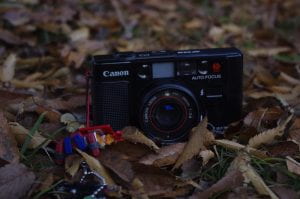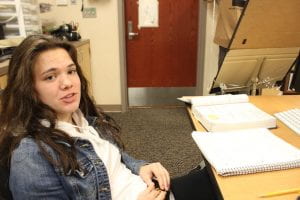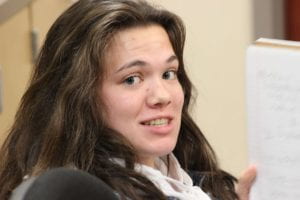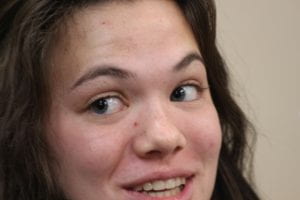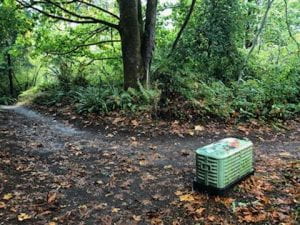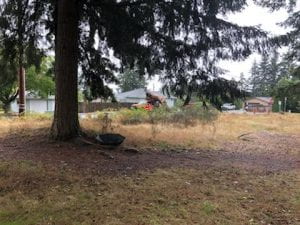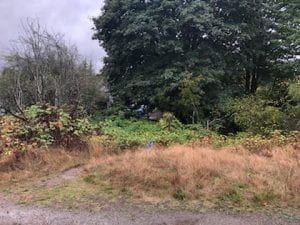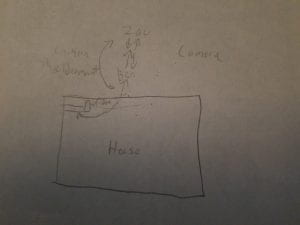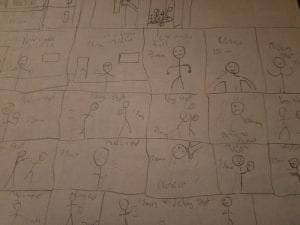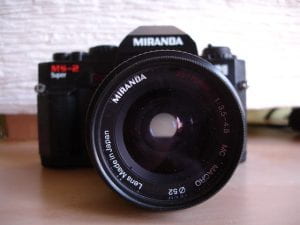Episode 6 – Sex & Melodrama
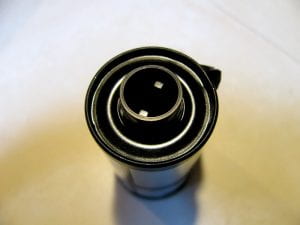
The following material is from wikipedia
1953-1957: The Swollen Story: World Cinema Bursting at the Seams
- Rebel Without a Cause (1955) dir. Nicholas Ray
- had wide screen and color
- passionate theme
- very emotional
- Cairo Station (1958) dir. Youssef Chahine
- The first great African/Arab film
- had intense scenes
- captured tensions during the time
- used a dolly cut pattern of shots
- Paper Flowers (1959) dir. Guru Dutt
- guru was the countries Orson Wells.
- had lighting from below unlike the U.S.
- Raja Harishchandra (1913) dir. Dadasaheb Phalke
- was about the life of a saint
- a mythological saint
- Sant Tukaram (1936) dir. Vishnupant Govind Damle and Sheikh Fattelal
- had realism in many of its scenes
- Pather Panchali (1955) dir. Satyajit Ray
- bollywood film
- was actually set in India
- actors had rough faces in contrast to western ones
- was set in a real indian village
- realism
- Devi (1960) dir. Satyajit Ray
- about a girl whose father in law dreams that she was a goddess
- filmed in candle light
- actor wanted to get the looks of the eyes and the framing correct in this film
- Mother India (1957) dir. Mehboob Khan
- used bright colors before wedding to show happiness, after used dark colors to show sadness
- Two Stage Sisters (1964) dir. Xie Jin
- camera zooms in on eyes to show emotion
- uses a crane show, from a gods eye view to a peasants
- Ikiru (1952) dir. Akira Kurosawa
- Kurosawa was central to the second golden age of film in the east
- used a long lens to show that a character doesn’t fit in
- Stray Dog (1949) dir. Akira Kurosawa
- a character tries and fails to reach his goal over and over until he does
- Seven Samurai (1954) (introduced in Episode 4) dir. Akira Kurosawa
- about the beginning of a new era
- Throne of Blood (1957) dir. Akira Kurosawa
- female lead is filmed like a ghost
- shows scary shot of trees blowing in the wind
- The Godfather (1972) dir. Francis Ford Coppola
- took inspiration for previous film
- The Magnificent Seven (1960) dir. John Sturges
- Limite (1931) (introduced in Episode 4) dir. Mário Peixoto
- used a spinning camera to represent joy
- Rio 40 Graus (a.k.a. Rio 100 Degrees F.) (1955) dir. Nelson Pereira dos Santos
- The Life of General Villa (1914) dir. Christy Cabanne
- Doña Bárbara (1943) dir. Fernando de Fuentes and Miguel M. Delgado
- Mexican national cinema
- aa brilliantly controlled molodrama
- The Wild Bunch (1969) dir. Sam Peckinpah
- La perla (1947) dir. Emilio Fernández
- fisherman finds a pearl but they cannot sell it
- ruins their lives
- Los Olvidados (1950) dir. Luis Buñuel
- director walked around the slums for a month to understand realism
- made meat a thing to fear in the film
- All That Heaven Allows (1955) dir. Douglas Sirk
- about the differences between ssocial classes
- I’m a Stranger Here Myself (1975) dir. David Helpern
- this director was a drunk
- Johnny Guitar (1954) dir. Nicholas Ray
- people dressed in black is the color of villany
- Fireworks (1947) dir. Kenneth Anger
- helped found poetic cinema
- Scorpio Rising (1964) dir. Kenneth Anger
- had rock and roll songs in the soundtrack
- Marty (television show) (1953) dir. Delbert Mann
- Marty (1955) dir. Delbert Mann
- On the Waterfront (1954) dir. Elia Kazan
- has a main character who is furious
- had actor think of something that enraged him then tried to hide it
- Red River (1948) dir. Howard Hawks and Arthur Rosson
- old cinema vs new cinema
- Touch of Evil (1958) dir. Orson Welles
- used tilted shot during violent scene
- The Searchers (1956) dir. John Ford
- about a lonely man obsessed with a woman
- holds her up to the sky not sure whether to hurt or harm her
- Vertigo (1958) (introduced in Episode 4) dir. Alfred Hitchcock
- Rio Bravo (1959) (introduced in Episode 5) dir. Howard Hawks
- hawks plays a sheriff
- goes against conformity
- posse related to family
- Great Expectations (1946) dir. David Lean
- were stories of England on a small scale
- about difference of classes
- Lawrence of Arabia (1962) dir. David Lean
- looks at a burning match and cuts to a burning sun
- O Dreamland (1953) dir. Lindsay Anderson
- Battleship Potemkin (1925) (introduced in Episode 3) dir. Sergei Eisenstein
- the most famous leftist film in European history
- …And God Created Woman (1956) dir. Roger Vadim
- about beauty

